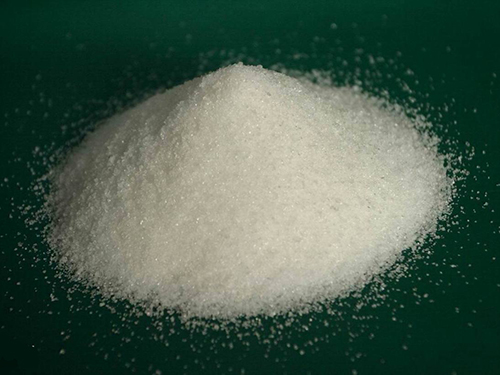pbtc chemical pbtc
Understanding PBTC A Versatile Chemical in Modern Applications
PBTC, or 2-Phosphonobutane-1,2,4-tricarboxylic acid, is a synthetic organic compound widely used in various industrial applications, particularly in water treatment, detergents, and as a chelating agent. This chemical has gained recognition due to its unique properties, making it an invaluable component in diverse processes.
Chemical Properties and Structure
PBTC is characterized by its phosphorus-containing structure, comprising three carboxylic acid groups. This unique molecular makeup allows PBTC to exhibit excellent chelating properties, effectively binding metal ions, which is crucial in many industrial applications. Its solubility in water and stability across a range of pH levels further enhance its utility.
Applications in Water Treatment
One of the primary applications of PBTC is in water treatment processes. It acts as a scale inhibitor, preventing the formation of mineral deposits in water systems. These deposits can lead to reduced efficiency in heat exchangers, pipes, and other equipment, thereby increasing operational costs. By incorporating PBTC into water treatment regimes, industries can maintain optimal performance and extend the lifespan of their equipment.
In addition to its scale inhibition properties, PBTC can also function as an effective corrosion inhibitor. It helps protect metal surfaces from oxidative damage caused by water, significantly reducing maintenance needs and downtime for repairs. This dual functionality makes PBTC a preferred choice among water treatment professionals.
pbtc chemical pbtc

Role in Detergents and Cleaning Agents
The versatility of PBTC extends to its use in detergents and cleaning agents. As a chelating agent, it binds metal ions that can hinder the performance of surfactants and other active ingredients in cleaning formulations. This enhances the overall efficacy of the products, allowing them to work better in hard water conditions where high mineral content can be problematic.
Furthermore, PBTC can improve the stability and shelf life of detergent formulations, making it ideal for various household and industrial cleaning applications. Its inclusion in these products not only boosts performance but also contributes to more sustainable cleaning solutions by reducing the need for phosphates, which can have harmful environmental effects.
Environmental Considerations
In recent years, there has been growing concern about the environmental impact of chemicals used in industrial processes. PBTC is considered to be more environmentally friendly compared to traditional phosphonate-based chelating agents. It biodegrades more readily, minimizing its ecological footprint. As industries increasingly adopt sustainable practices, PBTC stands out as a preferred choice that balances efficacy with environmental responsibility.
Conclusion
PBTC is a remarkable chemical with a wide range of applications in water treatment, detergents, and beyond. Its unique properties, including excellent chelating capabilities and environmental friendliness, position it as a valuable asset in various industries. As technological advancements continue to evolve, the role of PBTC is expected to expand, driving innovation in chemical formulations and contributing to more sustainable practices. Understanding the benefits and applications of PBTC opens avenues for industries to enhance their processes while being mindful of environmental impacts. Given its versatility, PBTC will undoubtedly remain a pivotal chemical in modern applications for years to come.
-
2 Phosphonobutane 1,2,4 Tricarboxylic Acid (PBTCA): Superior Scale & Corrosion InhibitorNewsAug.31,2025
-
Dodecyldimethylbenzylammonium Chloride: High-Purity DisinfectantNewsAug.30,2025
-
2-Phosphonobutane-1,2,4-Tricarboxylic Acid: Scale & CorrosionNewsAug.29,2025
-
Premium Isothiazolinones | Broad-Spectrum Biocidal SolutionsNewsAug.28,2025
-
LK-319 Special Scale And Corrosion Inhibitor For Steel Plants: Advanced Solutions for Industrial Water SystemsNewsAug.22,2025
-
Flocculant Water Treatment: Essential Chemical Solutions for Purification ProcessesNewsAug.22,2025





